Can I take my bearded dragon outside? Is it safe to do so?
Can I set up outdoor housing for my reptile friend?
Today, I’ll share with you the answers to all of these questions and more based on my own experience and extensive research.
I’ll not only discuss their time outdoors, but I also tackle some of the reasons why both baby dragons and adult dragons need time outside their habitats period.
Table of Contents
Can I Take My Bearded Dragon Outside?
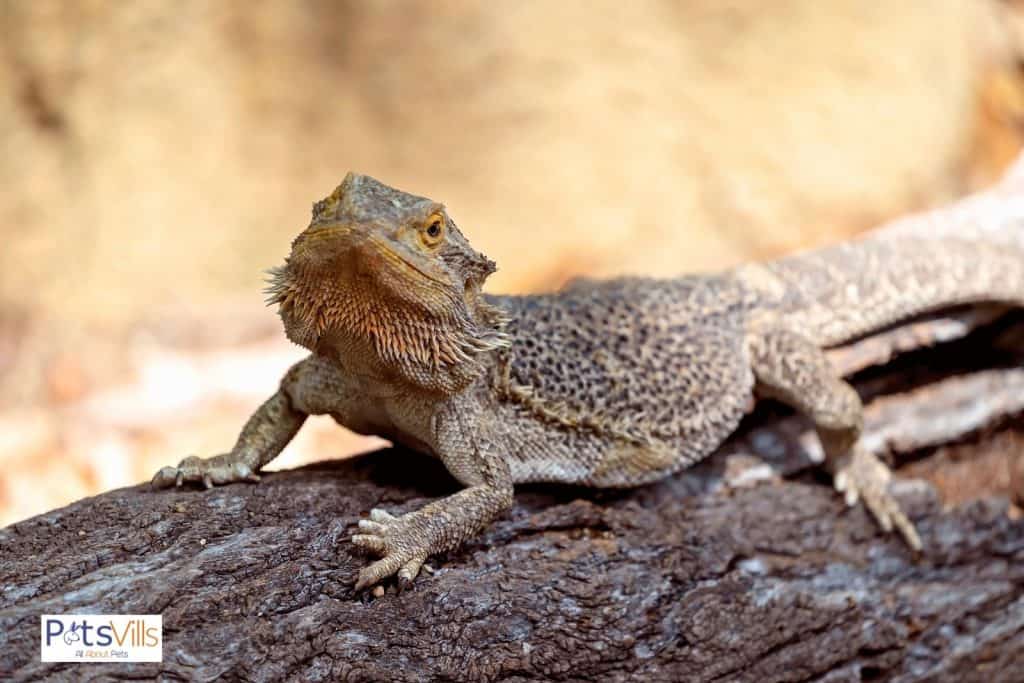
Can I walk my bearded dragon outside?
The short answer: Yes, taking your bearded dragon outside for short periods of time would be good and healthy, so long as the temperature sits at what they’re comfortable with.
There’s not a rule in the book pertaining to restricting your beardies from going outside your home.
In fact, it can be extremely healthy for them if you let them out of the house. The long answer is yes while considering three of the most vital factors concerning their health –Age, Climate, and Environment.
In my experience, I wanted my beardie safe, so I took him out in the open when he was about 4 to 5 months old. I let him out for a good 5-10 minutes for it to get natural sunlight.
Turns out, that was just the right thing to do. I didn’t even have this guide yet, so, you all are lucky to be finding this out early!
ALSO CHECK: Best Bearded Dragon Cage
Why Take Your Bearded Dragon Out?
Imagine never being allowed to leave your bedroom. What would you feel? Our pets feel the same way! Part of the primary reasons to let them go outside include:
- For them to exercise
- To help fight monotony inside their cages
- To bond with them
Here’s a video discussing why you’d want to take your beardie outside:
Later on, I will also discuss setting up outdoor housing for your beardies. For now, though, let’s talk about factors to consider before taking them outside.
3 Factors to Consider When Taking Your Bearded Dragon Outside
Let me dig deeper and discuss these factors thoroughly. Knowing and understanding all of these can keep you from making the same mistakes I had during the first few months of adopting a pet reptile.
Factor 1: Climate and/or Temperature
The first of the top three (3) most crucial considerations you need to take note of is the climate or the temperature outside.
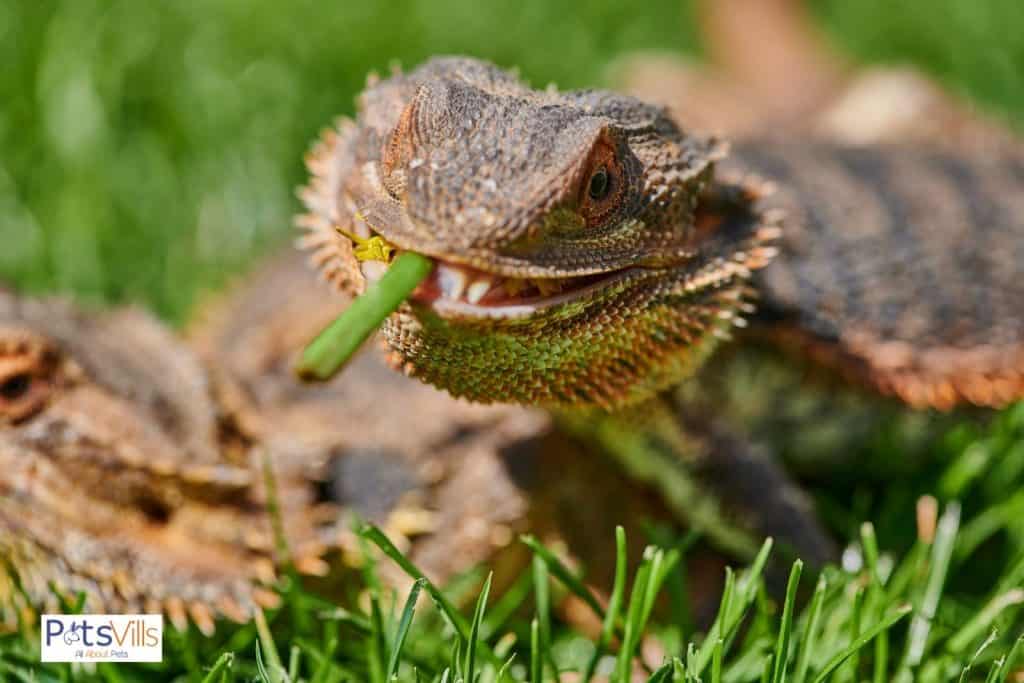
The NC State Veterinary Hospital [1] states that the daytime temperature your beardies need at daytime should be between 24 to 29 °C (75 to 85 °F). At night, it should be at least 21 to 24 °C (31 to 38 °F).
This means that, during the winter season, you need to be wary of the temperature if you plan on taking your beardie outside your home.
Furthermore, temperatures going up the usual humidity levels or recommended temps can also be too hot for their required body temperature.
Expert Tip: You can accurately measure temperature by holding a digital thermometer down, about five (5) ft. above the ground in the shade, not in direct sunlight.
Do this on a grassy or dirt surface because pavement or asphalt tends to attract more heat.
Factor 2: Environment or Surroundings
Discussing environment or surroundings alone is vague, so I’ll narrow it down by categorizing each of the factors under environment more.
Beardie Safety and Security
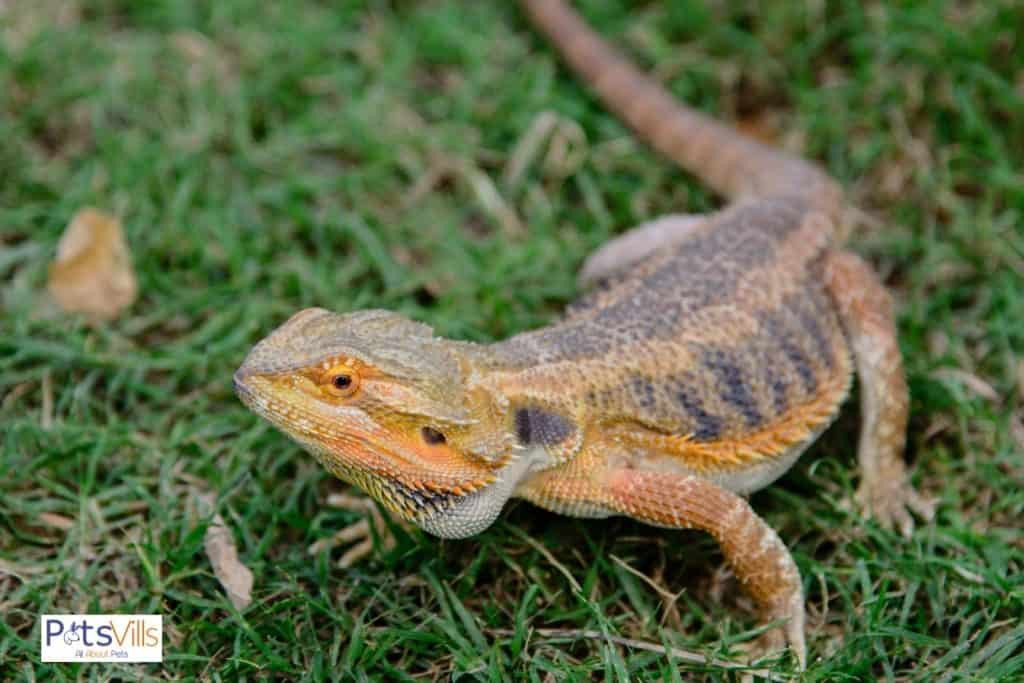
When letting beardies out, it’s imperative to keep everything they can go to free from rubbish, debris, sharp-pointed objects, and the like.
You also want to make sure that the spot or location where they’ll be isn’t swarmed by people as they can become stressed.
Furthermore, responsible bearded dragon owners should also think about other people, too.
Both adult and baby dragons could bite as it’s their way of saying they’re uncomfortable. Make sure to keep a keen eye on them to avoid biting accidents and such.
Keep them Safe From Predators
When I say predators, I don’t necessarily mean wild animals like lions and tigers. In a domestic setting, house cats, even birds can be categorized as predators, too.
So, if you know that there are predatory animals within the vicinity of where you’ll leave your bearded dragon, refrain from leaving them unattended even for just a few minutes.
During the first year of being an owner, I experienced cat bullying. I went inside the house to get my pet’s miniature log and when I came back, a cat was trying to paw, and my beardie went in circles and ran around.
Watch For Ticks, Insects, and Parasites
Yes, our beardies are havens of insects and parasites since they use their tongues to check the environment [2].
While these may not be a problem, there are poisonous insects and critters that could be waiting for the perfect opportunity to travel to your beardie.
These critters can latch onto their tongues and crawl their way into the systems of our dragons.
If you are going to take them just outside your home, ensure that the spot is safe and free from unwanted pests, poisonous insects, and parasites.
Regular pest control will be enough to give you the peace of mind that they’ll be fine and free from pests.
Clear Any Stress and Agitation
Being around a busy setting can be extremely intimidating, agitating, and stressful for a beardie. Make sure that when you take it out, the area is clear and free from anything that can cause anomalies.
Factor 3: Age
Last, but most definitely not least would be their age. Hatchlings rarely need to be out – they don’t even need to be out of their terrariums in their first two to three weeks. [3]
Baby dragons or young adults (from 4 weeks to two months), can be taken out for a few minutes per day.
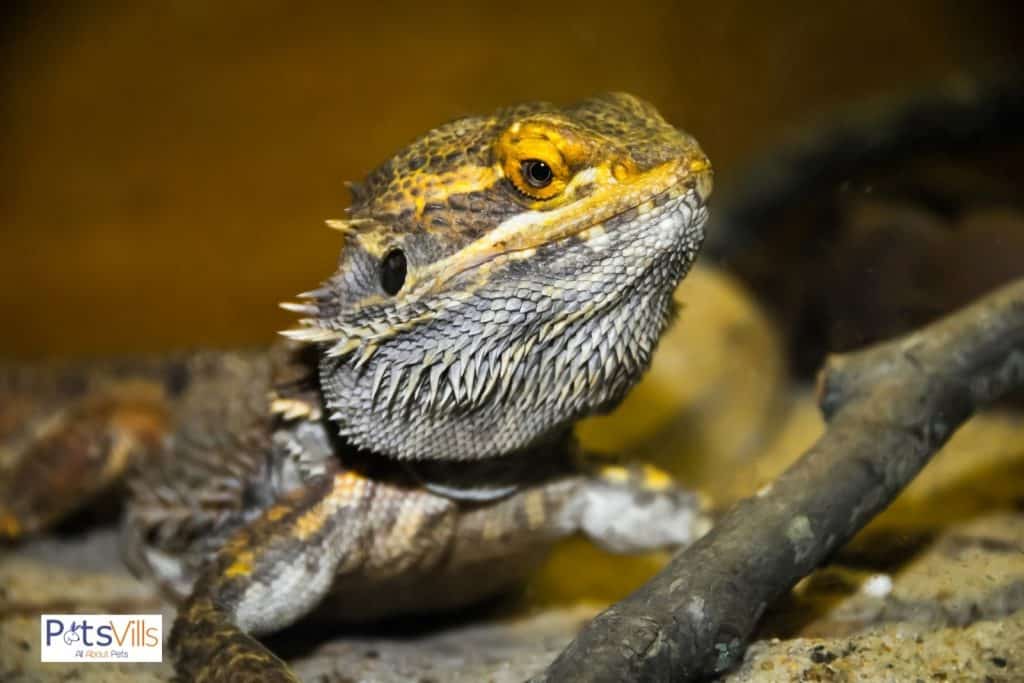
Adult dragons (4 months and above) can be out for as much as they like! Just keep in mind their temperature and climatic requirements so you avoid further problems.
Those are the factors you need to consider. But what about walking? Do they need it?
Do Bearded Dragons Need Exercise?
Yes, they need to exercise in order for them to stay active and, of course, to avoid illnesses and diseases.
Part of the many reasons why you need to take them out of your home is for them to have a chance to exercise. In the wild, they get all the exercise they need.
So keeping them inside their terrariums for a longer period of time can limit this natural activity. That being said, what ways can they exercise? What things can they perform to do so?
Letting Them Run Around
This applies to both inside and outside the house. Keeping them loose without four (4) corners would usually be enough for them to exercise. Just make sure that they’re not anywhere near sharp and dangerous objects.
Walking Them
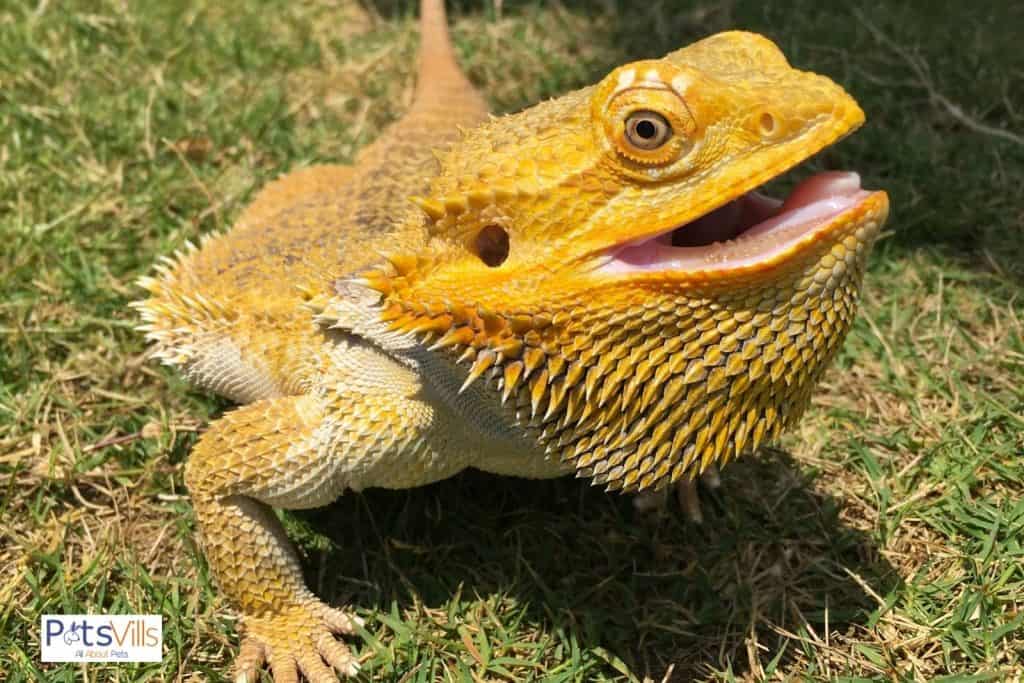
Yes, they’re just like dogs –you can walk them, too. In fact, walking is one of their favorite things to do. Just make sure you don’t let them loose.
I let my adult beardie loose just within the perimeter of my backyard, nothing more. If we are to step out, I usually install a leash.
You can find a lot of leashes and harnesses online that can be perfect for your pet beardie. They’re easy to search for and you’ll find them cheap!
Outdoor Enclosures
Lastly, you can also build a well-guarded outdoor enclosure where they can run around be free without being constricted. This gives them the feeling of being in their native environment.
You’ll find many different types of these outdoor housing. In fact, they can be anything from mesh walls, glass enclosures, wood, logs, or anything from their natural environment to keep other creatures out.
NOTE: Just be sure that the enclosure has enough space for your friends to capture fresh air.
Check: How to Build Your Own Bearded Dragon Enclosure
FAQs on Taking Your Bearded Dragon Outside
Here are related questions about taking your bearded dragons outside your home.
How Long Can My Bearded Dragon Stay Outside the House?
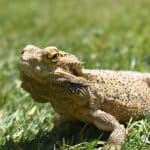
You can allow your beardies to stay outside the house for as long as they like.
Just be wary of the signs that they’re already agitated and want to go back inside their terrariums.
Moreover, keep an eye on them while they’re out because predatory creatures could be lurking around.
Check our guide on “How Long Can a Baby Bearded Dragon Be Out of its Cage?”
Do Beardies Like Natural Sunlight?
Yes, natural sunlight is also something your beardies would want, other than ultraviolet light. Just like us, they get the necessary amount of vitamin D from it, keeping their health in check.
What Temp is Too Cold For Bearded Dragons?
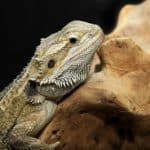
Nighttime temperatures below 18 °C (65 °F) can be considered “cold” for our pet reptiles. During the daytime, though, so long as it’s within the 29 to 34 °C or (84 to 93 °F), it’s good.
Final Thoughts
If you’re part of the demographic asking, can I take my bearded dragon outside the house? This answers your question.
When you find yourself needing a breath of fresh air, always remember your reptile friend. Don’t be selfish and let your beardies out so they can gaze at the scene, too.
References:
- 1. Caring for Your Pet Bearded Dragon [Internet]. Available from: https://cvm.ncsu.edu/wp-content/uploads/2016/12/Caring-for-your-Bearded-Dragon.pdf#:~:text=Temperature%3A%20Daytime%20maintain%20between%2075
- 2. Editorial. Bearded Dragon Parasites – Pet Care Advisors [Internet]. Petcareadvisors.com. 2021 [cited 2021 Dec 13]. Available from: https://petcareadvisors.com/bearded-dragons/bearded-dragon-parasites/
- 3. England J. Caring for Baby Bearded Dragons: The Ultimate Beginner’s Guide [Internet]. Reptile Advisor. 2018 [cited 2021 Dec 13]. Available from: https://www.reptileadvisor.com/baby-bearded-dragon-care/
- 4. Pogona vitticeps (Central Bearded Dragon) [Internet]. Animal Diversity Web. 2021 [cited 2021 Dec 13]. Available from: https://animaldiversity.org/site/accounts/information/Pogona_vitticeps.html

Can I take my bearded dragon outside? Let us know your thoughts on this topic in the comments below!


